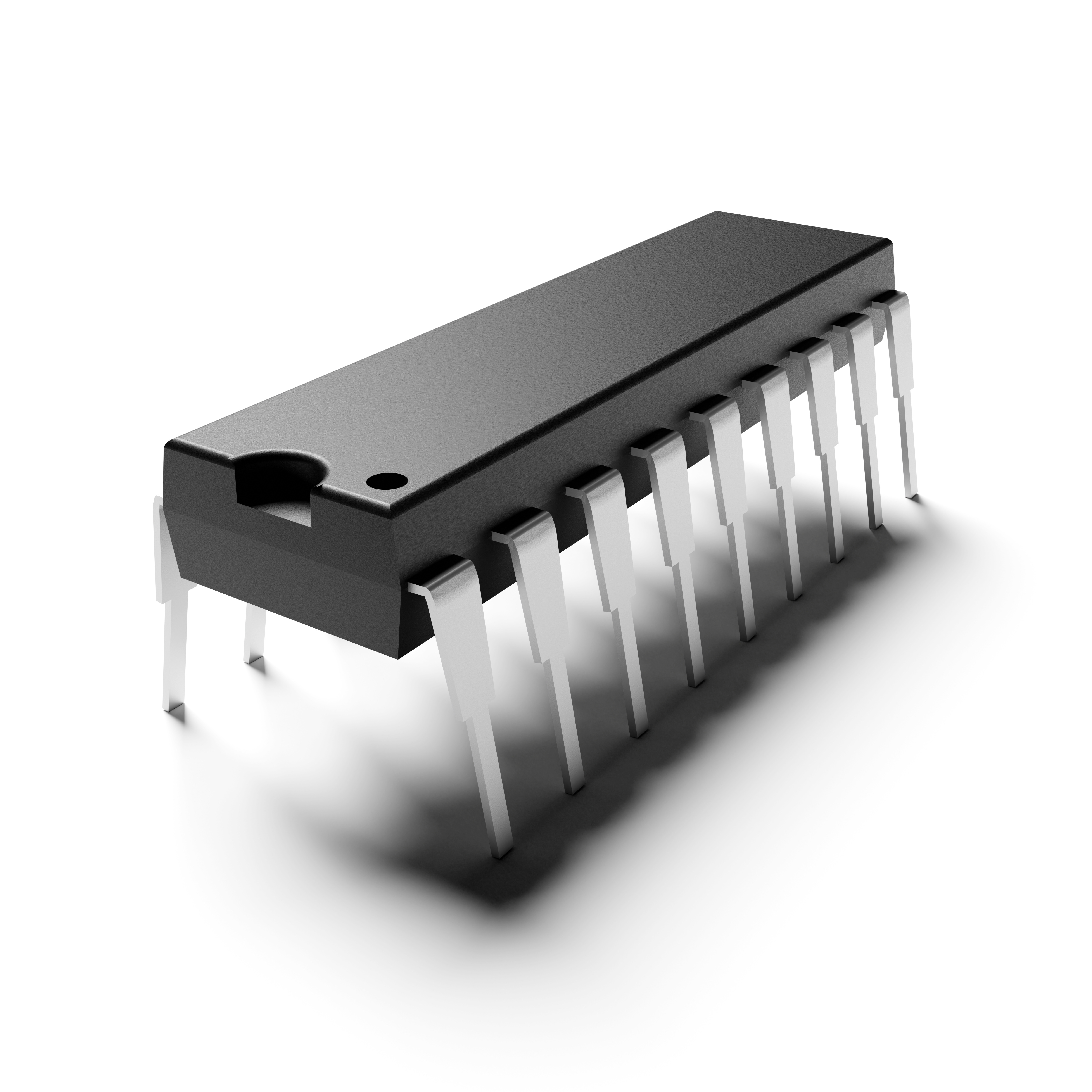Lesson 4: The Third Generation of Computers (3G)
What is an integrated circuit?
The third generation of computers followed soon afterwards in the 1960s due to the rapid pace of technology advances. Here we saw the introduction of integrated circuits.
In the late 1950s, two people were working on creating what is now known as an integrated circuit (IC), Robert Noyce and Jack Kilby. Noyce used Silicon to build his circuit and that is why he was able to secure a patent for the IC in the early 1960s. ICs today are still made of silicon.
An IC is a device like a small chip made from silicon and copper, which acts as a semiconductor for various electronic components. The IC allowed for up to a billion different electronic components (such as transistors, diodes, resistors, LEDs, and capacitors) to be connected on the same device. These components are all carefully connected so that they can perform various tasks. All of this technology can fit in the palm of your hand!
The IC was instrumental in reducing the size of computers, but it also paved the way for much of the technology we use today. The IC allowed for the fitting of more complexity into much smaller packages. It enabled various technologies to work together towards a common goal, like your fitbit, which uses an IC for all its operational needs such as the sensors, LED, and charge.
In the 1960s, Gordon Moore, the cofounder of Intel, predicted that the number of components being placed on an IC would double every couple of years. By the year 2006, we had managed to squeeze 300 million transistors onto the IC. Moore’s prediction meant we would have up to five billion by 2021, but we are still settled at ONLY one billion. Unfortunately, the more technology we try to pack onto such a small surface, the more issues we encounter with overheating, incorrect data being fed back, and technology not quite doing what it needs to do.
Think about the similarities with today. Technology is moving at an even faster pace and computers are becoming ever more advanced!
